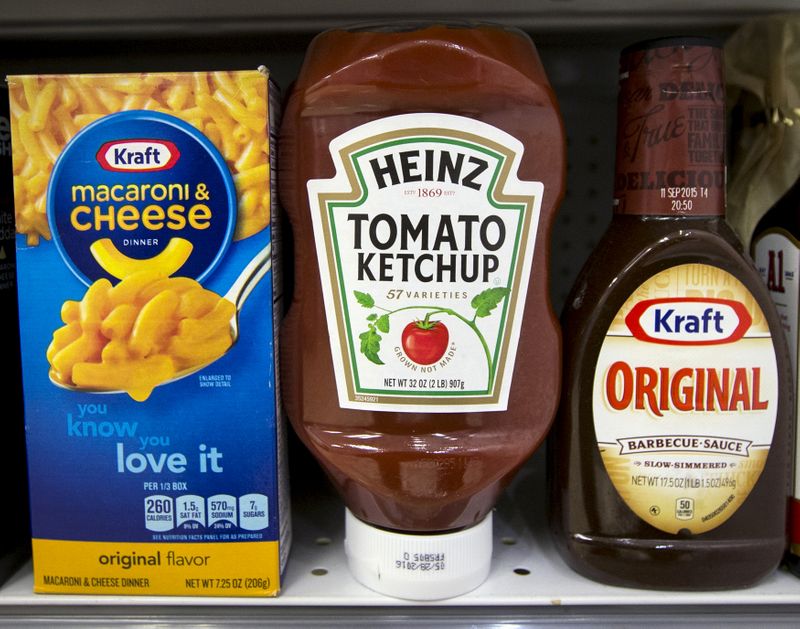This post was originally published on this site
https://i-invdn-com.akamaized.net/trkd-images/LYNXMPEG161P3_L.jpg
By Chuck Mikolajczak and April Joyner
NEW YORK (Reuters) – Shares of Kraft Heinz Co (O:) spiked more than 4% on Friday after a fake Twitter account closely resembling that of financial publication Barron’s said the food company had been approached for a buyout.
The company’s stock rose to a session high of $30.30 at around noon, minutes after the tweet from “@barronsfinance,” an account with more than 5,000 followers on Twitter. The account uses a similar logo to the official Barron’s account, which goes under the handle “@barronsonline.”
The tweet was later deleted.
A spokesman for Kraft Heinz declined to comment. A spokeswoman for Jones & Company, the publisher of Barron’s, said @barronsfinance was not affiliated with the publication.
A Twitter message to @barronsfinance was not immediately returned. It was unclear who was behind the Twitter account.
Kraft Heinz shares were recently up 2.1% and volume on the session was over 10 million shares, about 1.5 times its 10-day average of about 7.04 million shares.
Fusion Media or anyone involved with Fusion Media will not accept any liability for loss or damage as a result of reliance on the information including data, quotes, charts and buy/sell signals contained within this website. Please be fully informed regarding the risks and costs associated with trading the financial markets, it is one of the riskiest investment forms possible.

